
Prehistoric vestiges in the jungle
The journey to the ancient flat-leafed pine population is an interesting trip through the enchanting primeval space. The mixed forest is dense, the vegetation layers are covered with green moss, the streams babble under the tree canopy, the chirping of birds and countless wild flowers blooming seasonally. Each step is like being lost in a fairy tale world . The deeper you go, the denser the forest canopy becomes, the mushrooms cling tightly to the tree trunks from the base to the top, moss covers like a green carpet, growing together on the dry, rotten trees blocking the path. The sunlight passes through the gaps between the leaves, creating silvery silk curtains that slant across the forest, dispelling the mist hidden in the trees.
Bidoup - Nui Ba National Park was established in 2004, is the leading biodiversity center of Vietnam, where 2,089 plant species are preserved, 74 species are listed in the Vietnam Red Book. Among them, there are many rare and endemic species such as: pơmu, green cypress, huangdan...; especially the 2-leaf flat pine has been listed in the Vietnam and world Red Book.
The 2-leafed pine is a very rare endemic species, found only in the Lang Biang plateau and some surrounding areas. With its thin, soft, flat leaves, and the beauty of its flowers and fruits, it is known as a “messenger from prehistoric times”. According to botanists, this is the only “living fossil” remaining of a genus of trees that flourished in the Tertiary period, and whose relatives are only known from fossil specimens.
Not only having high value in terms of science , ecology and aesthetics, the ancient flat-leaf pine trees are also sacred symbols in the spiritual life of the indigenous K'ho people, a place to entrust the beliefs, ancestral stories and traditional cultural rituals of the village. The Vietnam Association for Conservation of Nature and Environment recognized the population of 108 ancient flat-leaf pine trees as Vietnam Heritage Trees, not only honoring the biological value but also recognizing the role of the trees in the spiritual and cultural life of the community.

The successful conservation of the population of 108 ancient pine trees is the result of more than 20 years of tireless efforts by the team of forest rangers in Bidoup - Nui Ba National Park. The footsteps of the forest rangers have left a deep impression on every leaf carpet, tree hollow, and mountain slope, to measure, count, and preserve each forest tree. Individuals in the pine population have an average height of 35 - 40 m, trunk diameter up to 2 m, the trees grow naturally, continuously distributed in an area with stable ecological conditions, with little human impact.
Preserving the value of Heritage Trees associated with sustainable ecotourism
Immerse yourself in a tour to explore the primeval forest, trek through the forest, cross streams, and experience the wild nature; we can see with our own eyes the rare beauty of the giant flat-leafed pine trees; touch with our own hands the rough bark that stands tall and majestic in the forest through dozens of generations. We can hold hands and wrap around the tree trunk to measure how many people can hug it; use dry branches to measure the thick, thousand-year-old bark, layer upon layer, through many seasons of falling leaves, embracing the deep roots that cannot reach the ground. Not only that, visitors also have the opportunity to listen to emotional stories from forest lovers about the journey of conserving endemic tree species as if talking about protecting their loved ones from storms.
Mr. Nguyen Luong Minh - Deputy Director of Bidoup - Nui Ba National Park shared: "The flat-leafed pine is not only a masterpiece of nature, but also a priceless treasure that nature has bestowed on this land. In addition to natural regeneration, the national park has implemented propagation and planting methods to have more flat-leafed pine trees grow next to the old pine trees. From there, many generations of flat-leafed pine trees are created, helping this rare tree species to continuously thrive in its own living space."
Forests are not only home to many species. In the context of climate change and biodiversity loss being a global threat, primeval forests like Bidoup - Nui Ba, with a population of 2-leaf flat pine trees over a thousand years old, are the sustainable roots of life. Promoting the value of Heritage Trees is not only to honor a symbol, but also a practical action to arouse love for nature, inspire green living, develop eco-tourism associated with forest protection and biodiversity conservation.

To promote the title of Heritage Tree, the Management Board of Bidoup - Nui Ba National Park has proposed many practical solutions such as: continuing to demarcate and strictly protect the ancient pine population area; preventing all acts of encroachment; forming ecological trails and rest stops in the forest to make access to the heritage tree population more convenient; establishing a system of signposts and scientific information boards to serve tourists and raise public awareness.
The park also strengthens international cooperation in research and conservation of rare and precious ancient plants; coordinates with the K'ho community in the buffer zone to develop ecotourism associated with sustainable livelihoods, where people both protect the forest and act as tour guides to tell stories of their homeland. At the same time, environmental education activities for young visitors are focused on nurturing a love of nature and awareness of preserving forest heritage for future generations.
Source: https://baolamdong.vn/kham-pha-vuon-quoc-gia-voi-cay-di-san-thong-2-la-det-395835.html




![[Photo] Nhan Dan Newspaper launches “Fatherland in the Heart: The Concert Film”](https://vphoto.vietnam.vn/thumb/1200x675/vietnam/resource/IMAGE/2025/10/16/1760622132545_thiet-ke-chua-co-ten-36-png.webp)
![[Photo] General Secretary To Lam attends the 18th Hanoi Party Congress, term 2025-2030](https://vphoto.vietnam.vn/thumb/1200x675/vietnam/resource/IMAGE/2025/10/16/1760581023342_cover-0367-jpg.webp)




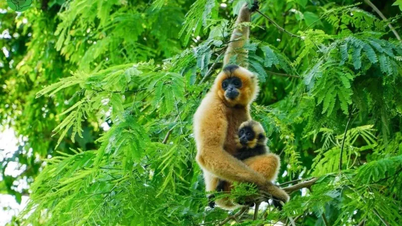







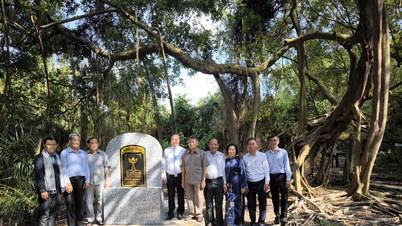



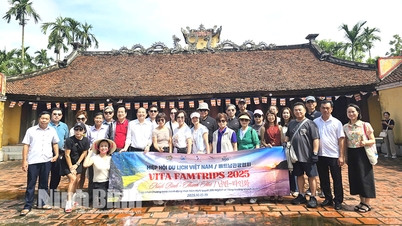

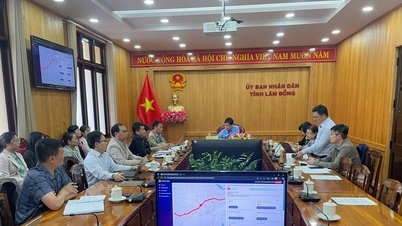
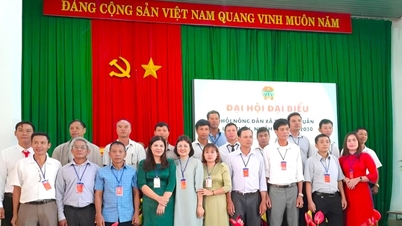
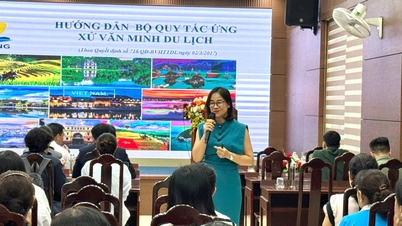




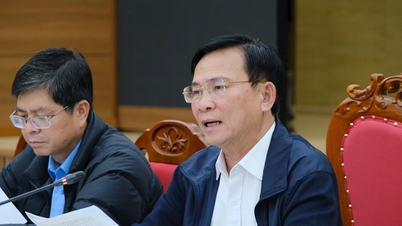
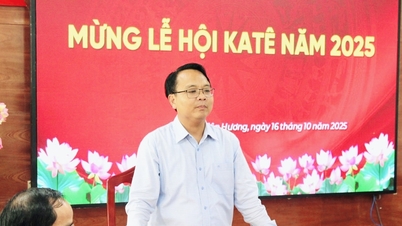



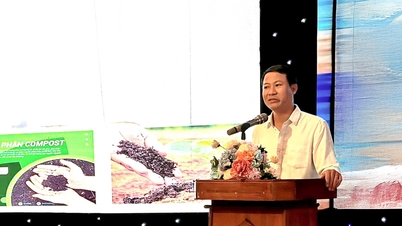
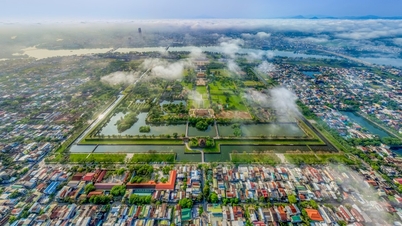



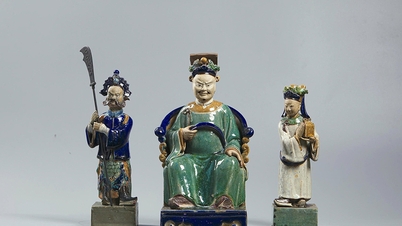



![[Video] TripAdvisor honors many famous attractions of Ninh Binh](https://vphoto.vietnam.vn/thumb/402x226/vietnam/resource/IMAGE/2025/10/16/1760574721908_vinh-danh-ninh-binh-7368-jpg.webp)











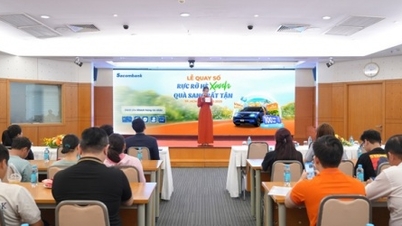

















![[Photo] Nhan Dan Newspaper launches “Fatherland in the Heart: The Concert Film”](https://vphoto.vietnam.vn/thumb/402x226/vietnam/resource/IMAGE/2025/10/16/1760622132545_thiet-ke-chua-co-ten-36-png.webp)







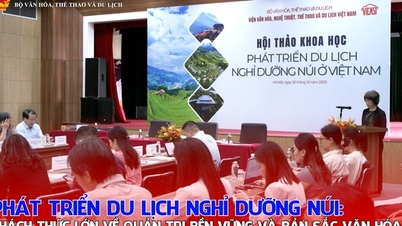



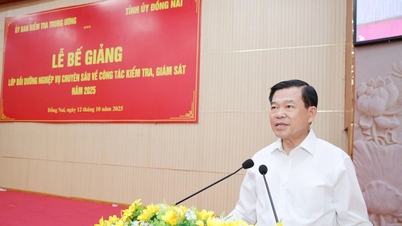

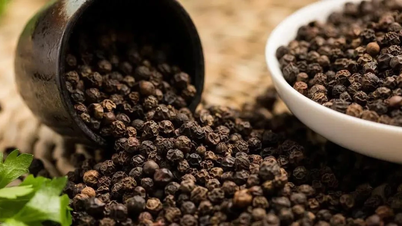

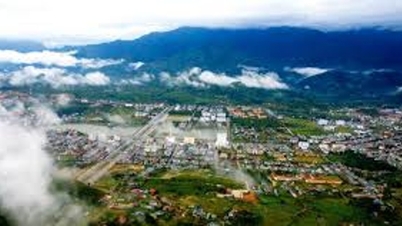





















Comment (0)